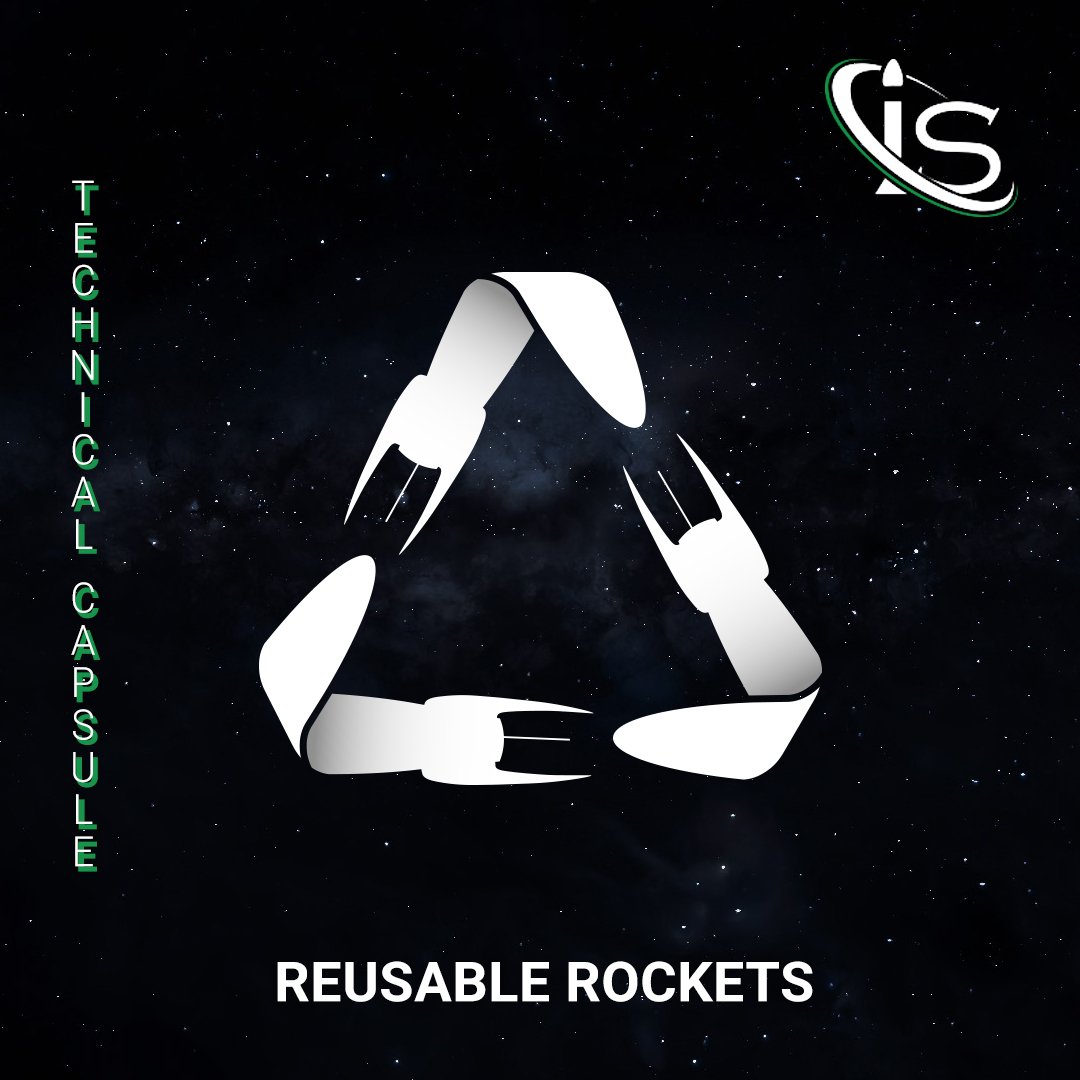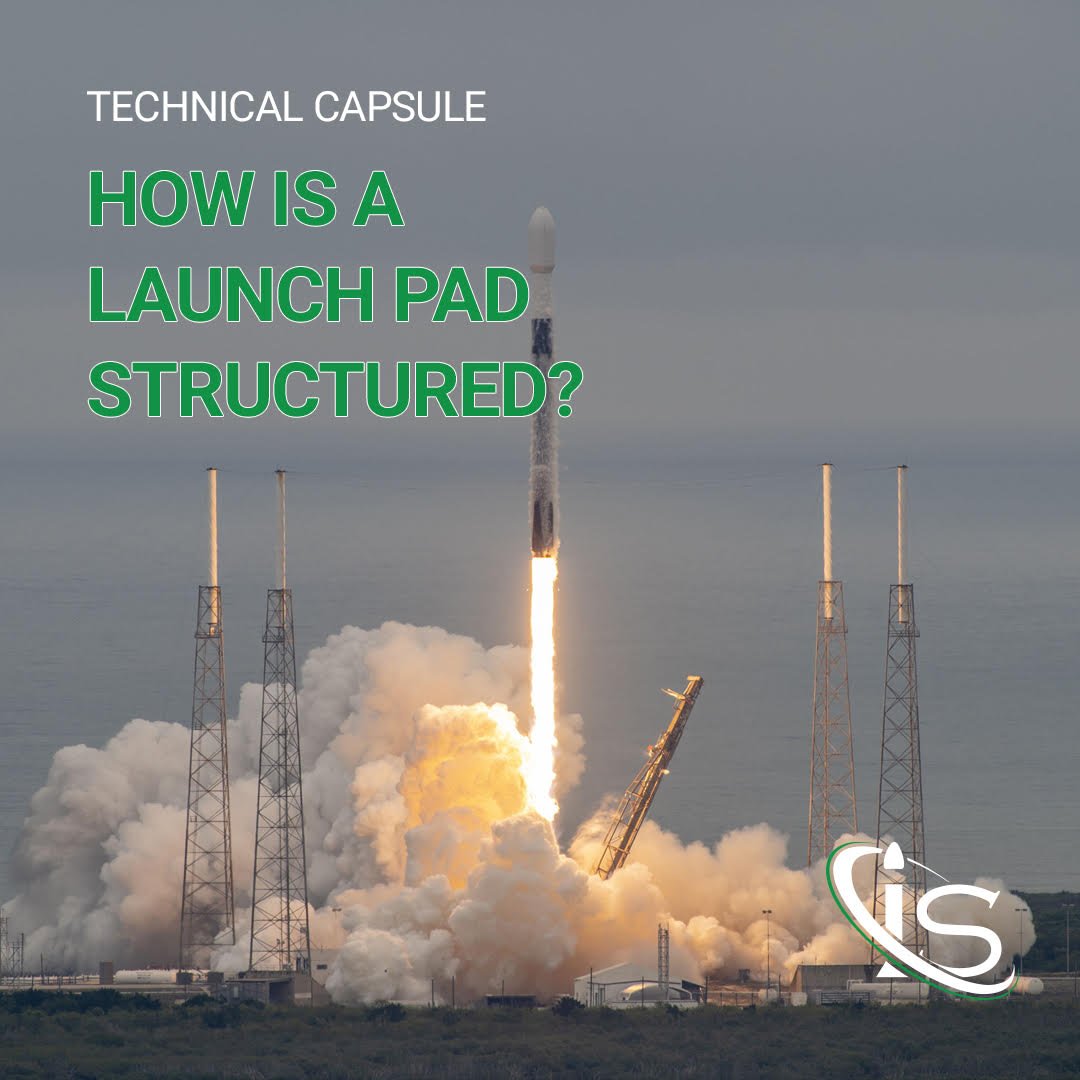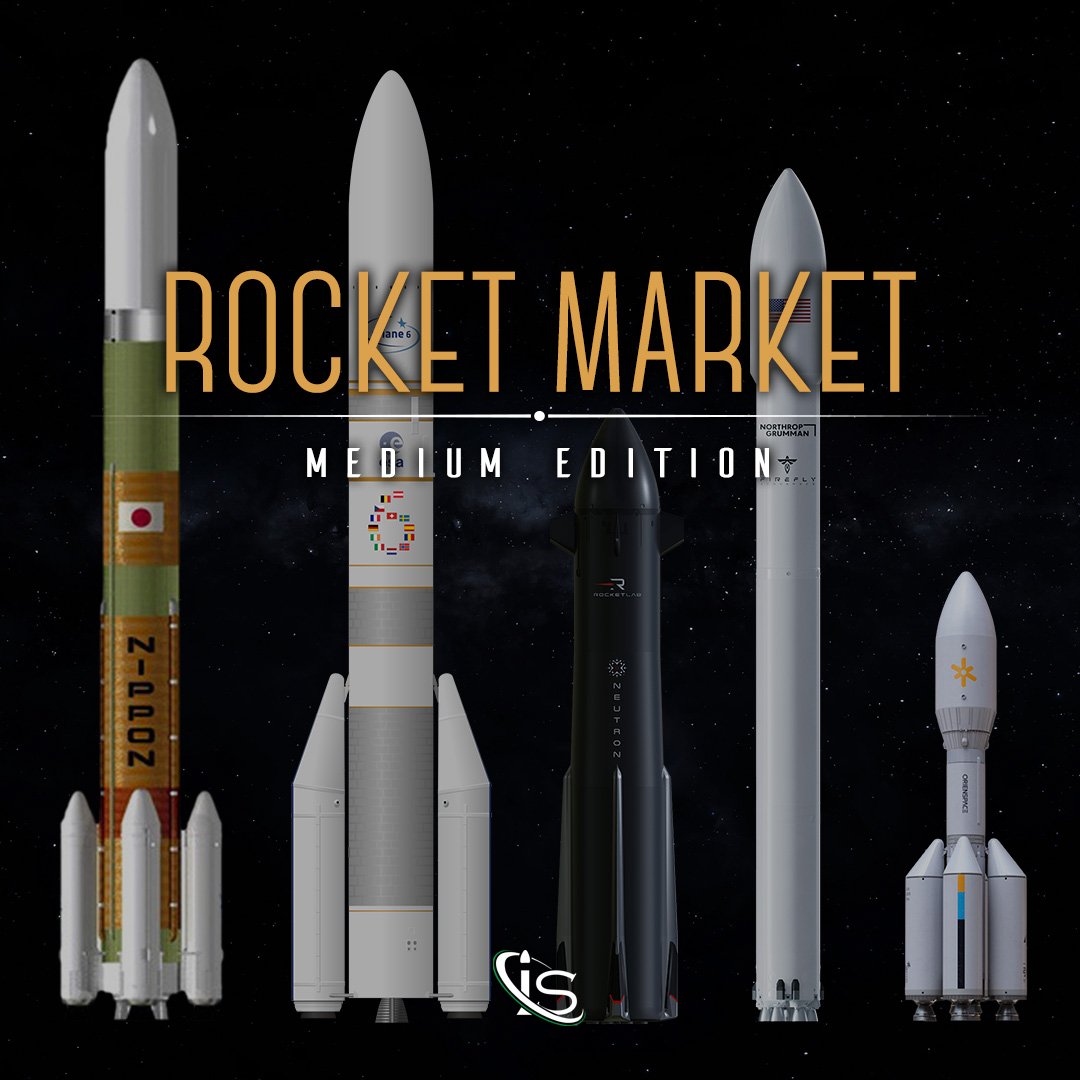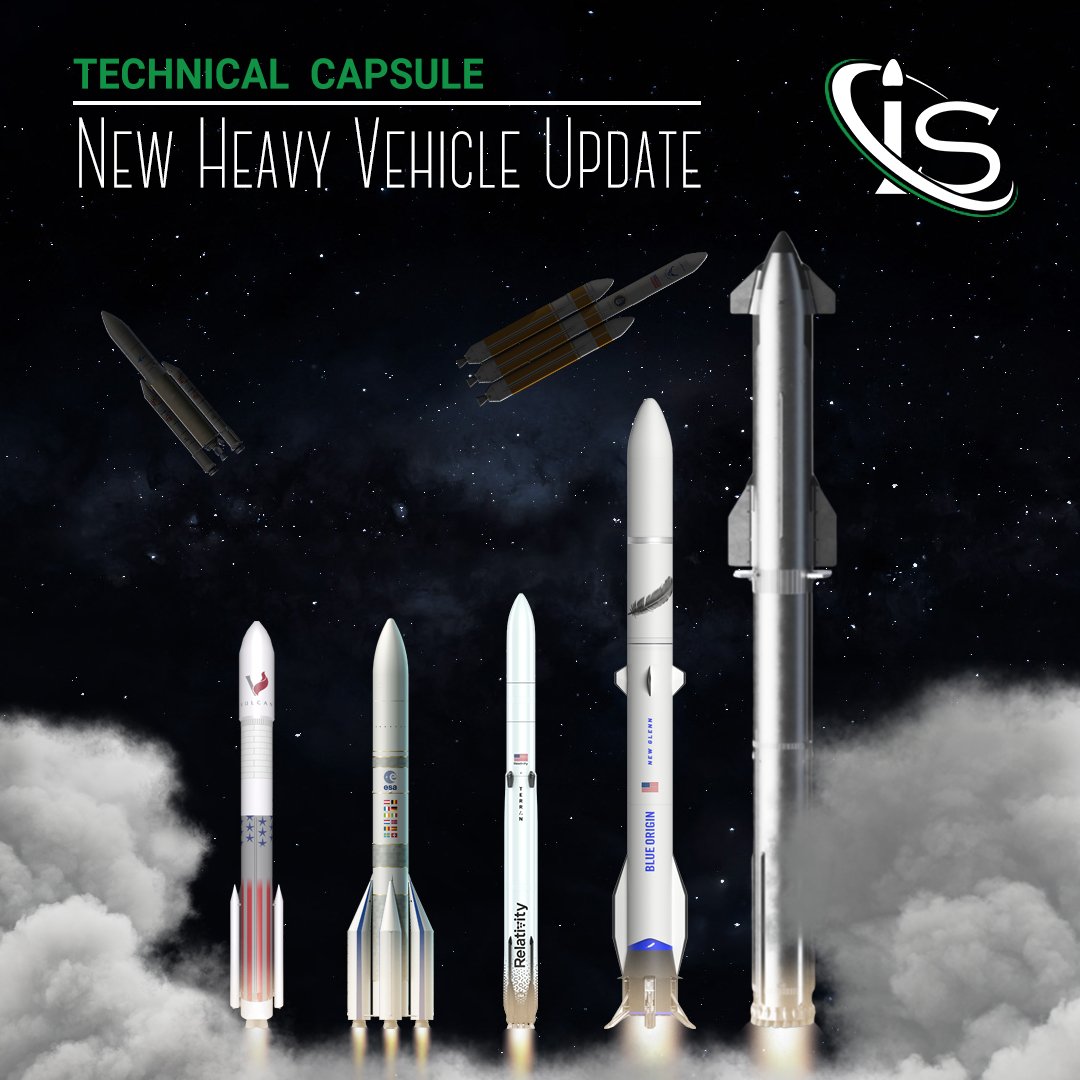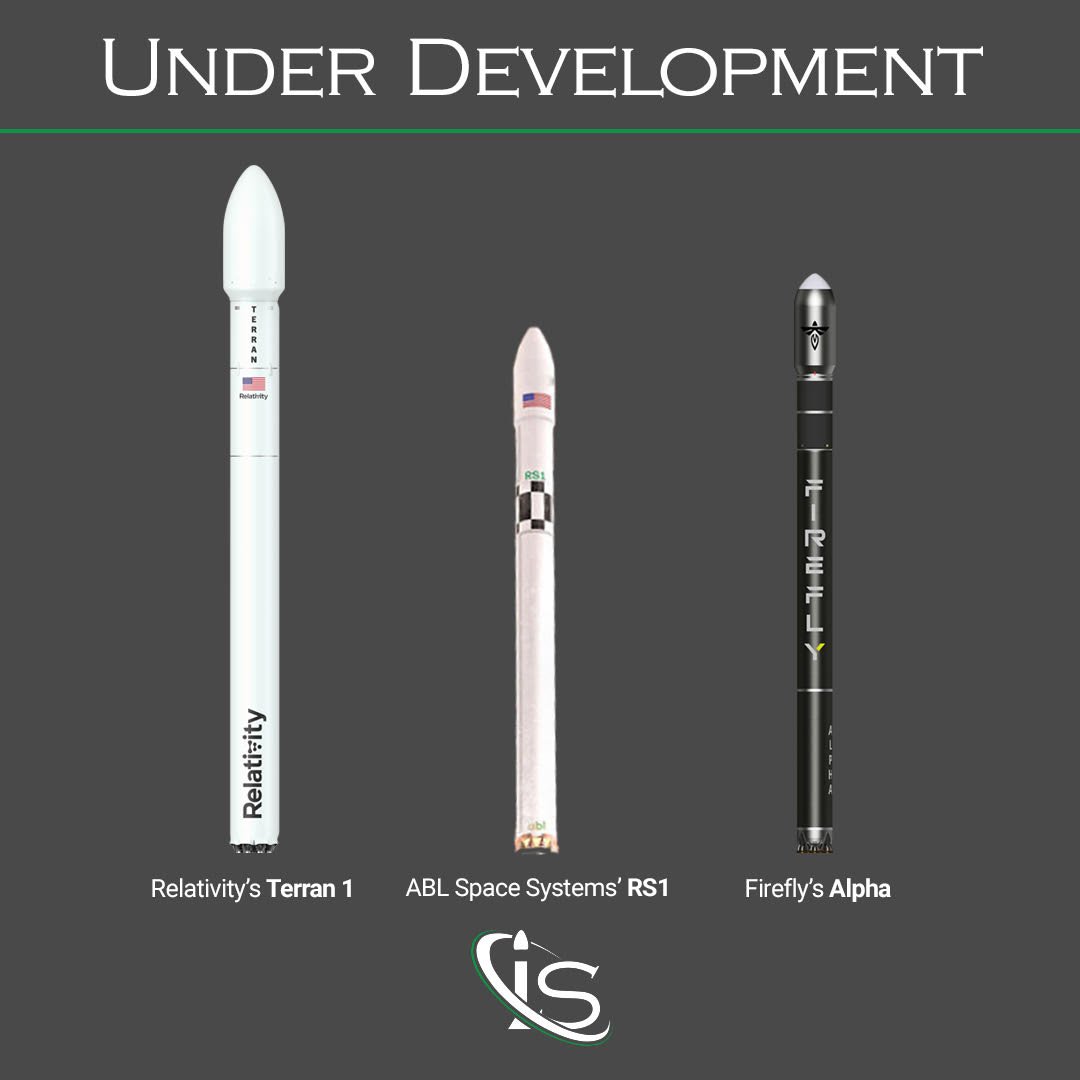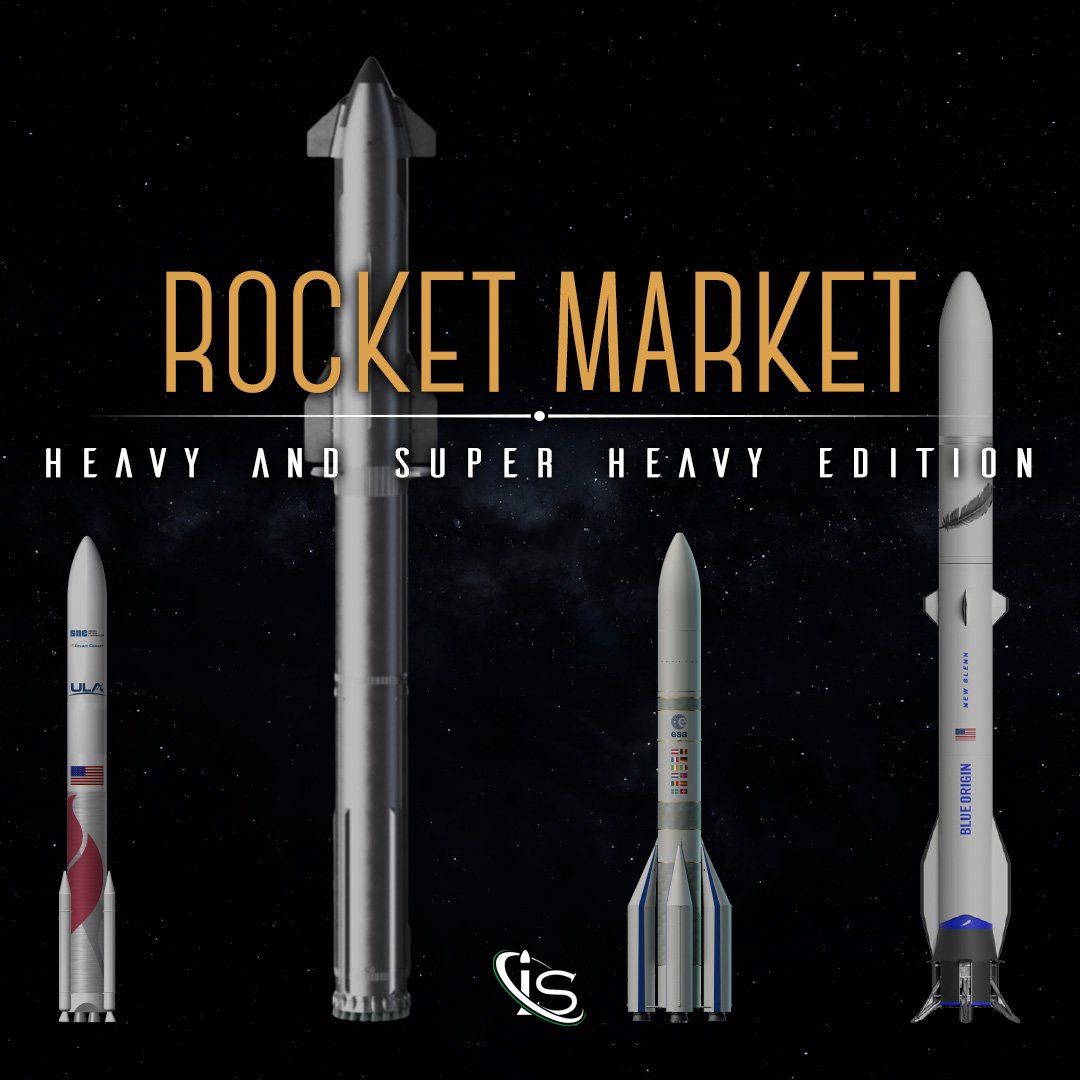What is an air launch? And what is the difference between that and a vertical liftoff? What are pros and cons? In this post, all these question will be answered.
Vertical Liftoff
A vertical liftoff is the traditional and most used launch mode. Since 2020, in fact, out of more than 300 launches, only 4 were air launches; so, in the past two years, the vertical liftoff is the mode used for 98.8% of the total launches.
The launchers taking off via vertical liftoff are, generally, more powerful and greater rockets, as they need to face the adversities of the atmosphere. They have to overcome, first of all, Earth’s gravitational field and then the drag, or air resistance.
Air Launch
In a growing smallsat market, the air launch has taken hold in order to create larger access to space and to face the growing demand of dedicated launches. Air launches typically involve two vehicles: a winged carrier aircraft and an upper stage spacecraft. The carrier takes the spacecraft above the troposphere, at an altitude of about 11-12 km, and the spacecraft, once released, continues traveling toward space, using its rocket engine. Using air launches, big rockets and assessment maneuvers are no longer necessary; and, the smallsats can be launched with smaller launchers directly into their final orbit. Virgin Orbit, in fact, created the motto “Smaller Rockets, More Often, More Orbit, Less Money”.
Passing through the milestone of the air launch, the first horizontal launch in history was in 1963. The carrier Boeing B-52 launched the tiny airplane X-15.
Then, the first air launch with a payload’s deployment was in 1990, on April 5th, with Pegasus, an expandable, active, three-stage launcher developed by Orbital Sciences Corporation and now operated by Northrop Grumman. In its first configuration, a Boeing B-52 released it at an altitude of 12 km; nowadays, the carrier is Lockheed L-1011 TriStar. Pegasus carried out 45 missions launching from six different launches in the USA and Europe. All its stats are summarized in the report here.
In the last two years, Virgin Orbit has developed a new system: LauncherOne. With its mothership launch pad, “Cosmic Girl”, a Boeing 747-400, LauncherOne, a two-stage liquid-fueled rocket, reached space for the first time on January 17th, 2021. Virgin Orbit has scheduled a launch for next week; click here to check on all the updates.
Pros and Cons
At this point, it is interesting to go deeper in the argument and compare the two launch modes to understand what are the pros and the cons of both.
Atmosphere
As mentioned before, the air launch takes place in the stratosphere, where the air is more rarefied and the drag is smaller, leading to a lesser need of propellant. The propellant reduction implies smaller mass ratio and, therefore, the size of the spacecraft can be reduced.
Launching in the stratosphere creates another advantage: the possibility to release the rocket above the weather, which is generated in the troposphere. In the vertical liftoff, liftoff can be delayed due to adverse weather, which implies a rise in costs.
The air launch, however, has a con related to the exposition of the spacecraft to radiation heat from the sun and convective heat from the air. In fact, for rockets with cryogenic propellants, there is the risk of the propellant boiling off.
Launch Pad
In the air launch, the launch pad is no longer needed. Every country without access to a launch pad still has access to space, as they only need a runway. In fact, there are far more runways than launch pads.
Another important aspect is the complexity, the maintenance, and the positioning of a launch pad. The launch pad needs to have a no-go zone to guarantee safety and avoid dropping vehicle parts on populated areas. The trespassing of the no-go zone from a person, airplane, or helicopter has the effect of stopping or postponing the launch. Furthermore, the position of the launch pad affects the orbit inclination, as the inclination has to be at least as large as the latitude of the launch site.
All those problems can be solved by launching from an airplane; the no-go zone is smaller and further and, most importantly, the carrier airplane does not produce dangerous debris.
Aircraft carrier
The use of a mothership launch pad creates some issues, due, first and foremost, to the dimension of the mothership itself; i.e. the size of the mothership will influence the size of the spacecraft. To launch a rocket like a Falcon 9, the carrier should have unrealistically large wings, much larger than the Antonov. This clearly implies a smaller payload. The comparison can be done between two small-lift launch vehicles; for example, Vega and LauncherOne. Vega, launching vertically, can place in SSO 1500 kg, while LauncherOne, launching from an airplane can only place 300 kg.
The second issue is related to the release of the spacecraft, which can be dangerous in the presence of aerodynamic forces. The lateral forces can even damage the payload.
Finally, here is a schematic summary for the pros and cons of air launching:
| PROS | CONS |
|---|---|
| Lesser drag | Spacecraft size limited by aircraft size |
| No weather problems | Smaller payload mass |
| No launch pad | Possible damage to payload due to lateral forces |
| No No-Go zone | Propellant boiling off |
| No debris from the carrier | |
| Smaller spacecraft size |
